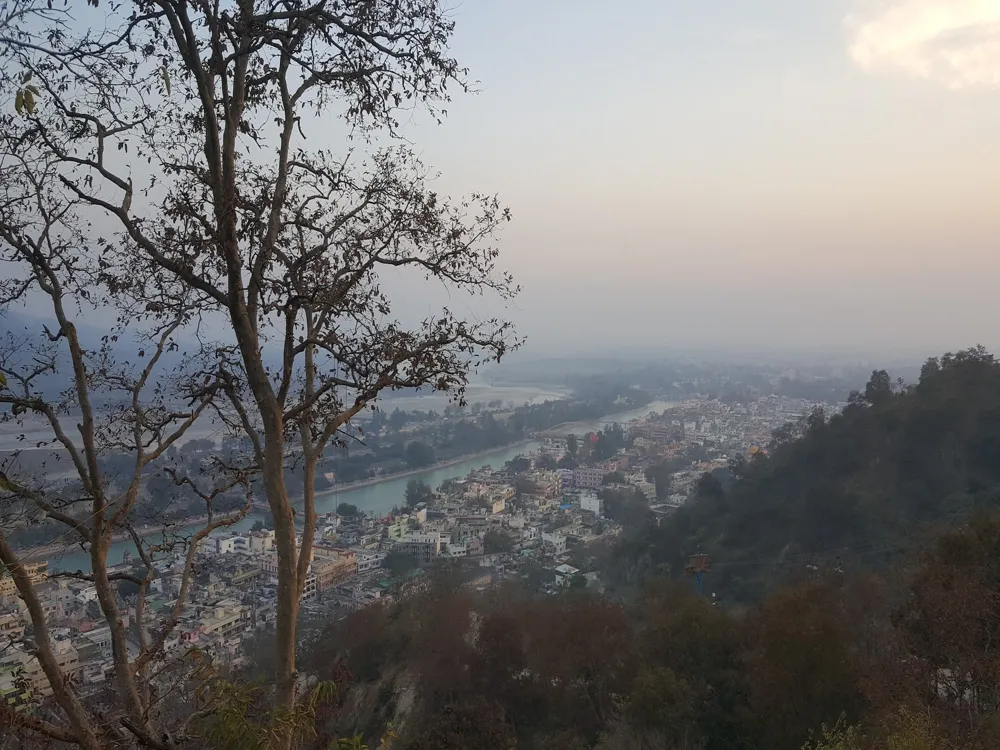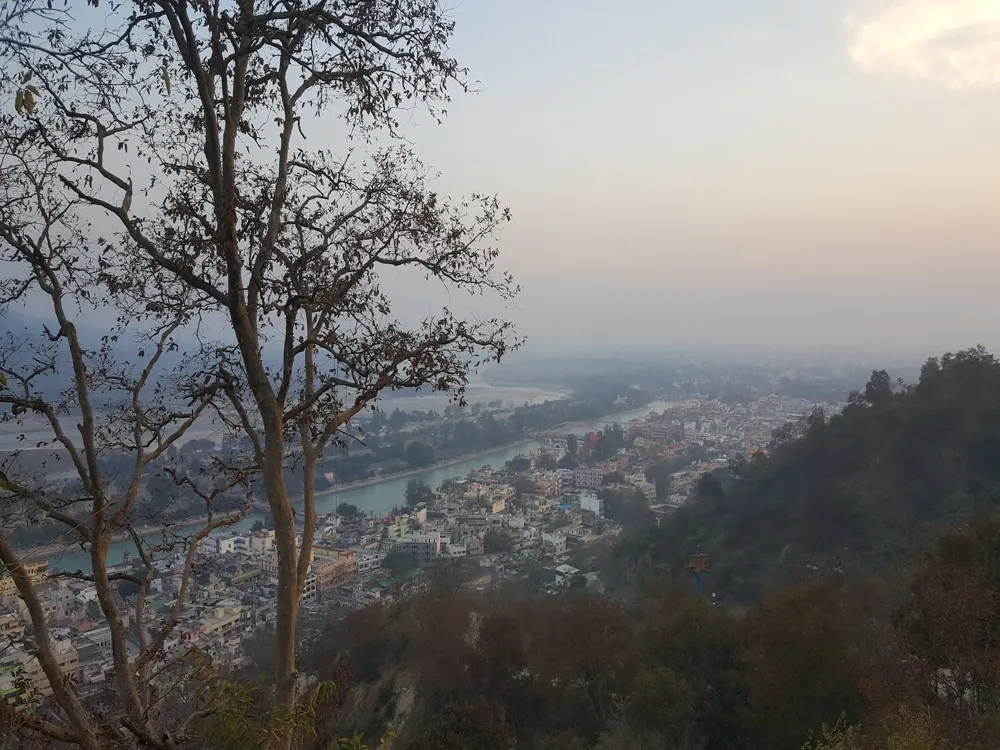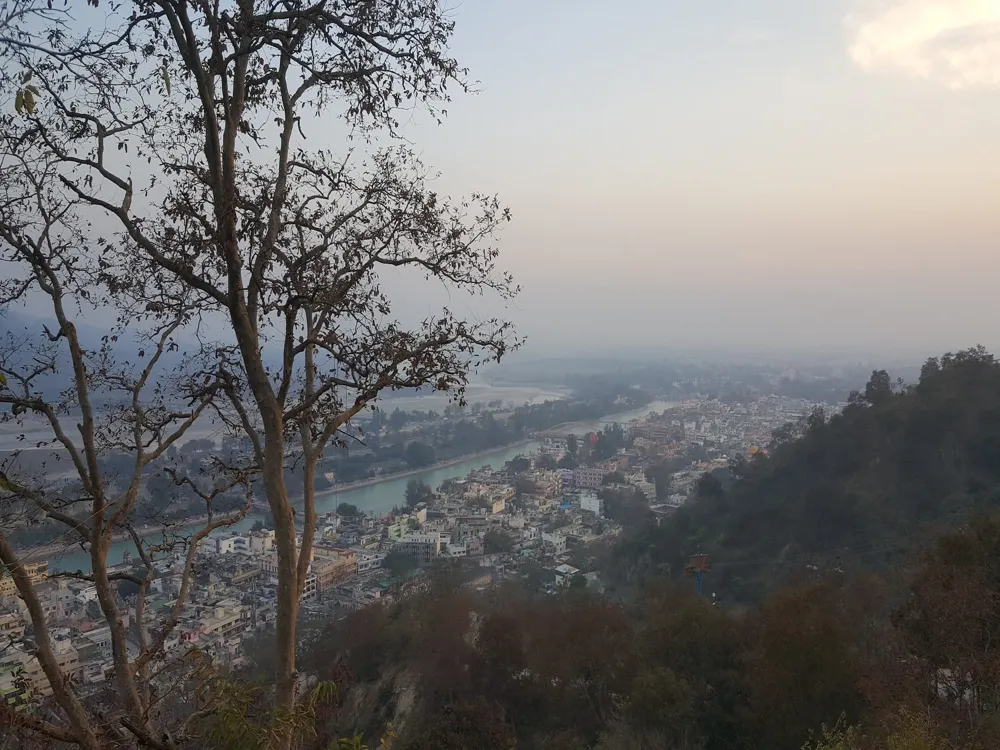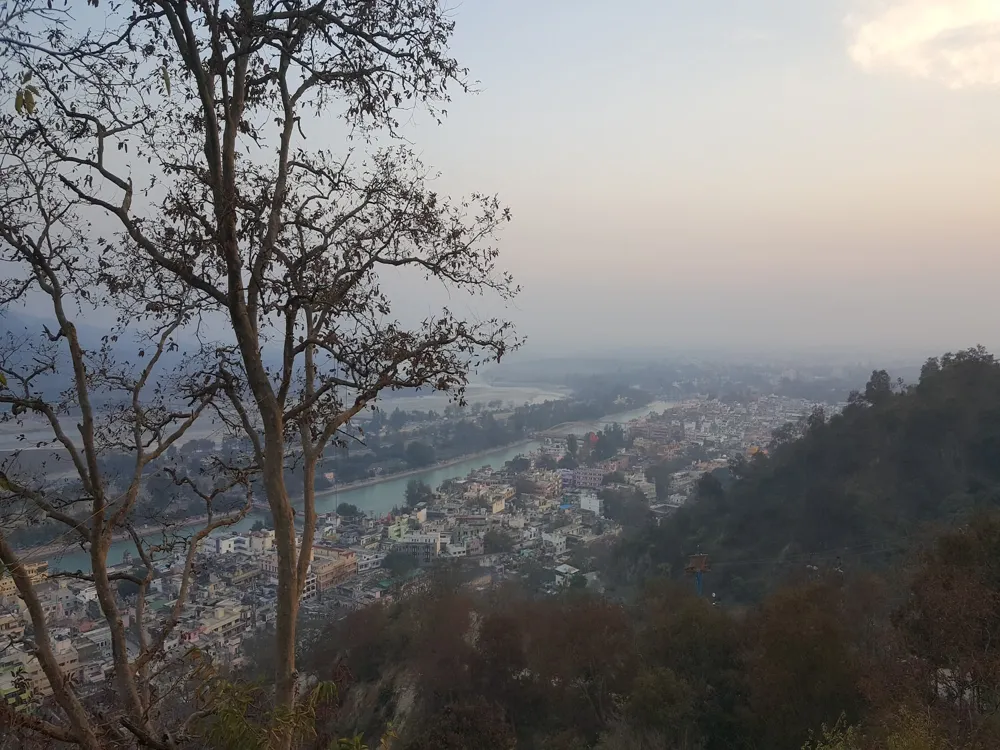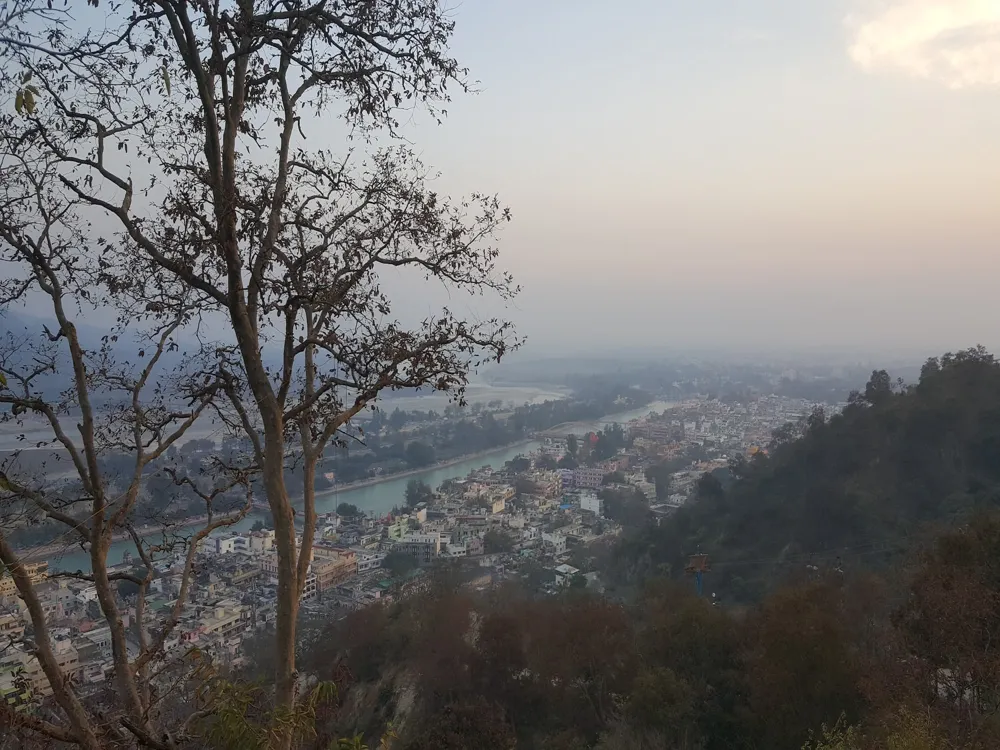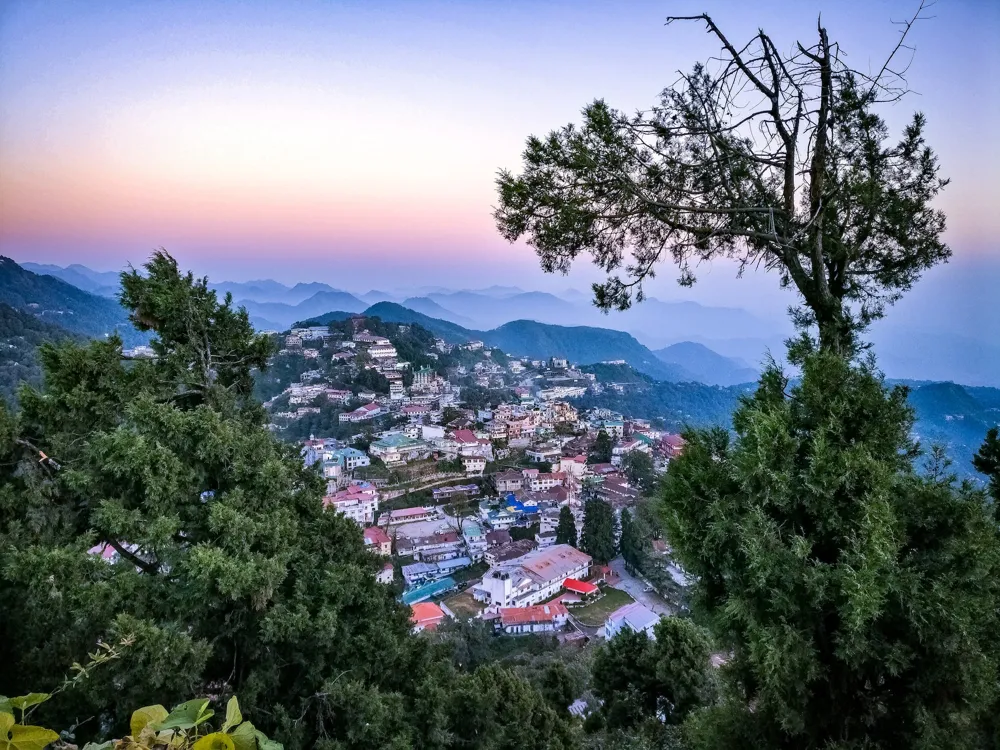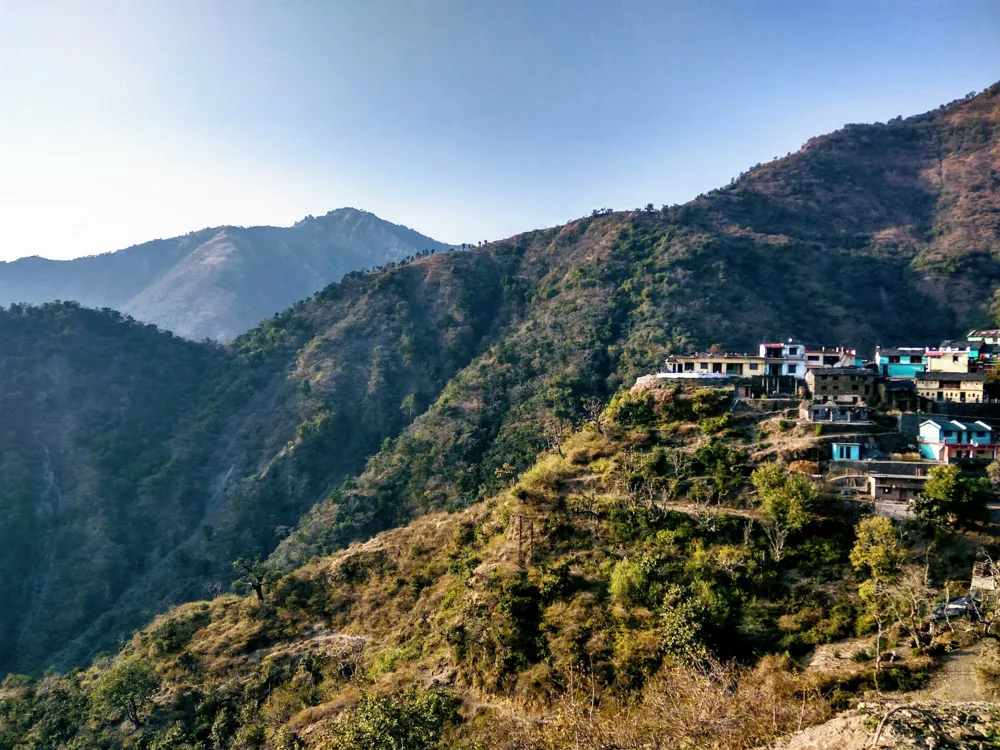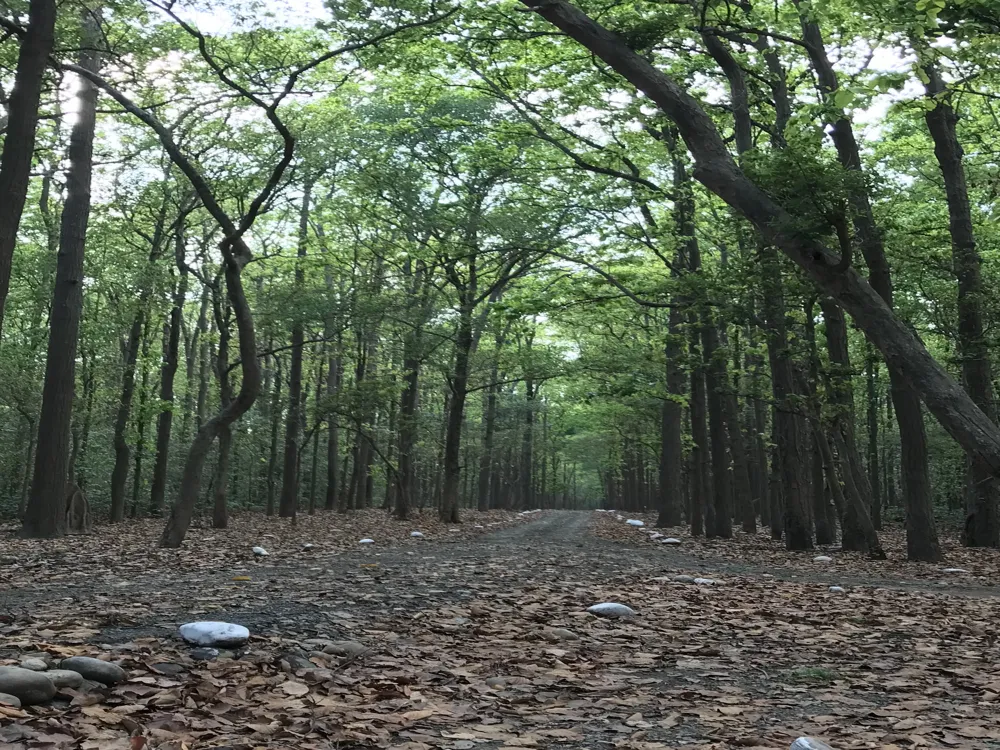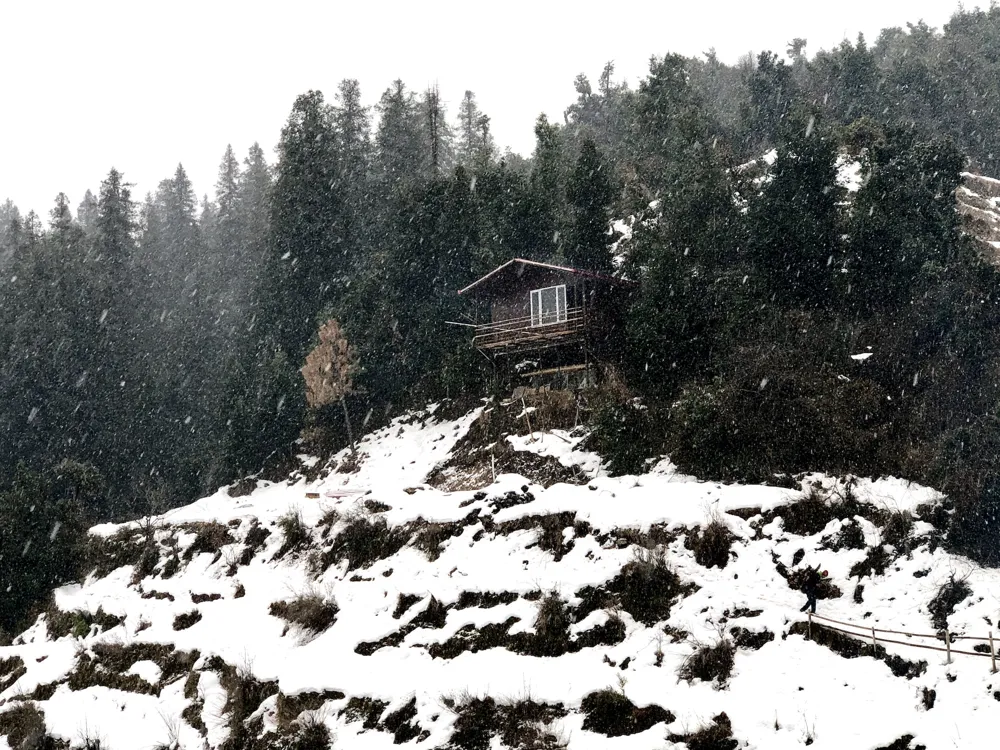Haridwar, a revered city in the state of Uttarakhand, India, is known for its spiritual significance, vibrant culture, and rich history. Nestled in the foothills of the Himalayas, Haridwar serves as a gateway to several Hindu pilgrimage sites. This ancient city, mentioned in several sacred texts, draws millions of devotees and tourists each year, seeking spiritual solace and cultural experiences.
The city's name, Haridwar, translates to 'Gateway to Lord Vishnu', and it stands as one of the seven holiest places in Hinduism. Haridwar's geographic location where the Ganges River exits the Himalayan foothills is considered especially sacred. The daily ritual of Ganga Aarti, a ceremonial worship of the river, is a mesmerizing spectacle, symbolizing the cleansing of sins and the attainment of moksha. Haridwar's spiritual ambiance is accentuated by numerous temples, ashrams, and ghats (riverfront steps) that line the river.
Haridwar is not just a spiritual hub; it's a blend of ancient and modern. The city's streets are lined with markets selling religious paraphernalia, spices, and traditional sweets, offering a glimpse into the local life and traditions. The Kumbh Mela, held every twelve years in Haridwar, is a major pilgrimage event and has been recognized by UNESCO as an Intangible Cultural Heritage. This event exemplifies the city's deep-rooted religious and cultural ethos.
The natural beauty surrounding Haridwar adds to its allure. The serene landscapes, with the majestic Ganges flowing through, offer a tranquil retreat from the bustle of the city. Haridwar's significance extends beyond religion; it's a city that embodies peace, spirituality, and a deep connection with Indian culture and heritage.
The architecture of Haridwar is a fascinating amalgamation of ancient and contemporary styles, reflecting the city's long and varied history. The city's architectural landscape is dominated by temples, ashrams, and ghats, each with its unique style and significance.
Temples in Haridwar are prime examples of ancient Indian architectural brilliance. These structures, often featuring intricate carvings, ornate facades, and towering spires, are not just places of worship but also embodiments of art and history. The Mansa Devi Temple and Chandi Devi Temple, perched atop hills, are notable for their strategic locations and panoramic views. The temples' architecture, blending with the natural surroundings, creates a harmonious balance between man-made and natural beauty.
The ghats of Haridwar, especially Har Ki Pauri, are architectural marvels in their own right. Har Ki Pauri, the most famous ghat, is believed to be the spot where Lord Vishnu and Lord Shiva once visited. The ghat's expansive steps leading down to the Ganges are a testament to the city's architectural ingenuity, designed to accommodate thousands of pilgrims during religious ceremonies.
The ashrams in Haridwar, traditionally the abodes of sages and monks, are simpler in design yet significant in their spiritual ambiance. These structures, often surrounded by gardens and located by the riverside, offer a serene environment conducive to meditation and spiritual learning.
Modern architecture in Haridwar coexists with the ancient, seen in the city's educational institutions, hotels, and bridges. This blend of the old and new in Haridwar's architecture is a mirror to its role as a city that bridges the ancient with the contemporary, the spiritual with the everyday life of its people.
The ideal time to visit Haridwar is from October to April, when the weather is pleasant. Summers can be hot, and the monsoon season, from July to September, may see heavy rains and flooding.
As a sacred city, modest dressing and adherence to local customs are recommended. Removing shoes before entering temples and not consuming non-vegetarian food or alcohol in public areas are practices to be followed.
Haridwar offers a range of accommodations, from luxury hotels to budget ashrams. Advance booking, especially during festival seasons, is advisable.
Haridwar's cuisine is predominantly vegetarian. Local delicacies like Aloo Puri and Kachoris are a must-try. Street food vendors are common, but it's essential to eat from hygienic places.
Haridwar is well-connected by road, rail, and air. The nearest airport is in Dehradun, about 35 km away. Auto-rickshaws and taxis are readily available for local travel.
Reaching Haridwar is convenient due to its well-developed transport network. By air, Jolly Grant Airport in Dehradun is the nearest airport, with frequent flights from major cities. From the airport, taxis or buses can be taken to reach Haridwar. For those preferring trains, Haridwar has its own railway station well-connected to major Indian cities. The city is also accessible by road, with state and private buses offering services from nearby cities like Delhi, Dehradun, and Chandigarh. For those driving, Haridwar is connected through well-maintained national highways, offering a scenic drive through the northern plains.
Overview of Haridwar, Uttarakhand
Architecture of Haridwar
Tips When Visiting Haridwar
Best Time to Visit
Respecting Local Customs
Accommodation
Local Cuisine
Travel and Connectivity
How To Reach Haridwar
Ganga Aarti in Haridwar
Haridwar
Uttarakhand
NaN onwards
View haridwar Packages
Weather :
Label : Must Visit
Tags : Fairs & Festivals
Timings : Aarti timings: 5:30 AM - 6:30 and 6:00 PM - 7:00 PM
Time Required : 1-2 hrs
Entry Fee : No entry fee
Planning a Trip? Ask Your Question
Haridwar Travel Packages
View All Packages For Haridwar
Top Hotel Collections for Haridwar

Private Pool

Luxury Hotels

5-Star Hotels

Pet Friendly
Top Hotels Near Haridwar
Other Top Ranking Places In Haridwar
View All Places To Visit In haridwar
View haridwar Packages
Weather :
Label : Must Visit
Tags : Fairs & Festivals
Timings : Aarti timings: 5:30 AM - 6:30 and 6:00 PM - 7:00 PM
Time Required : 1-2 hrs
Entry Fee : No entry fee
Planning a Trip? Ask Your Question
Haridwar Travel Packages
View All Packages For Haridwar
Top Hotel Collections for Haridwar

Private Pool

Luxury Hotels

5-Star Hotels

Pet Friendly







